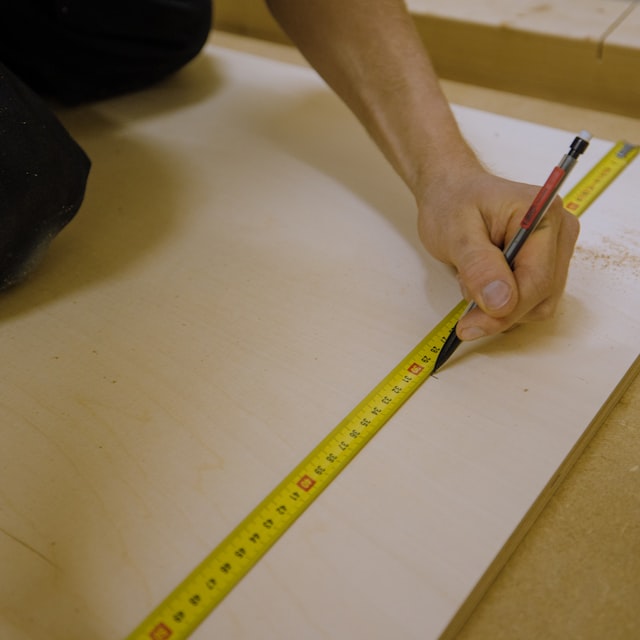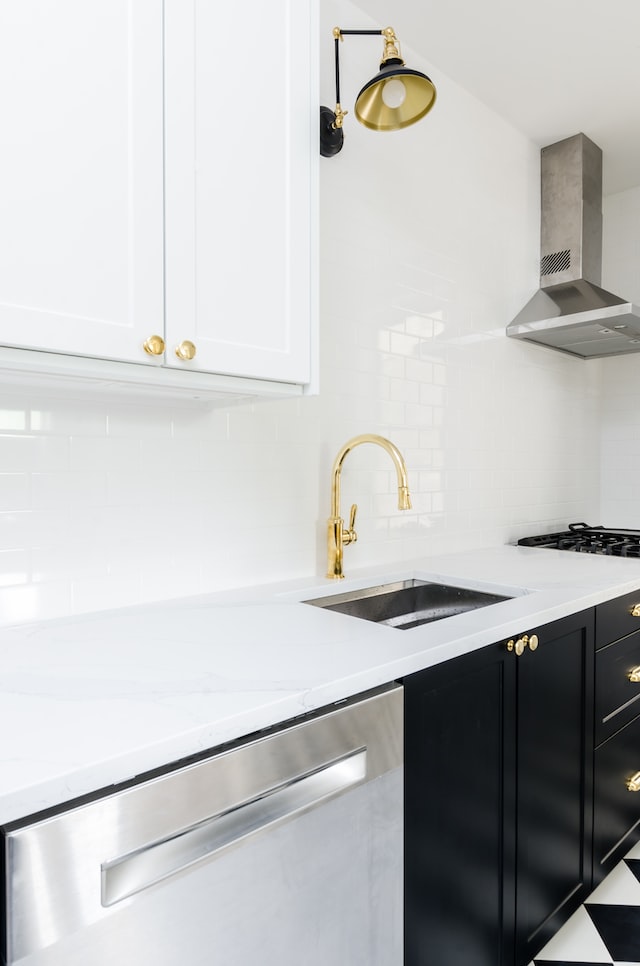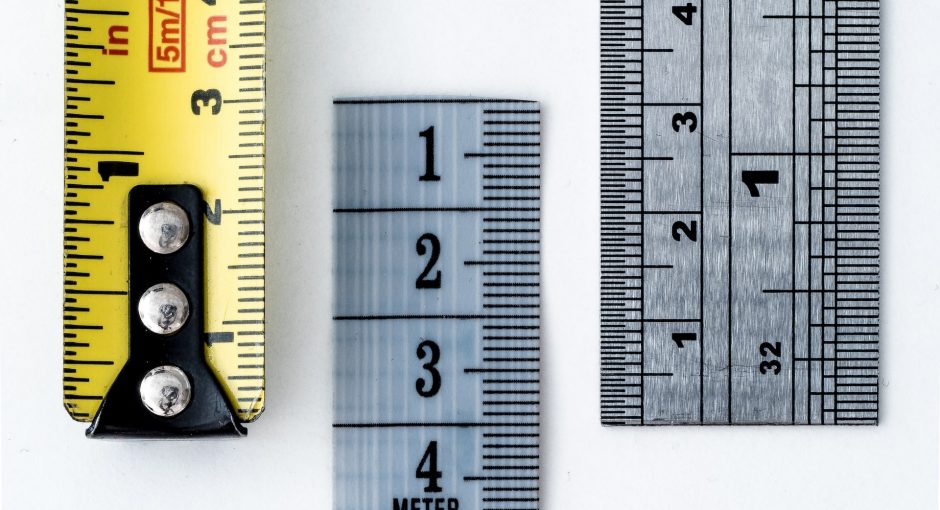One of the most crucial steps in any kitchen remodeling project is measuring your countertops. This serves as the first step to getting an accurate quote for materials. After that, you can set a budget and go shopping for suitable materials.
Before you begin measuring, gather all the tools necessary. Make sure you have a reliable retractable tape measure, extra pencils and paper on hand as well as any necessary calculator.
Create a Layout Drawing Inainte of Measuring Kitchen Countertops
Before you begin measuring your countertops, draw an outline of your kitchen. This will give you an overall idea of where everything is and make recording measurements much simpler.
To sketch your layout, grab some gridded graph paper and a pencil. Don’t forget to take note of where doors, windows and vents are located; additionally, draw appliances like sinks and faucets so you have an accurate location once the countertop is installed.

Next, measure the length and width of each counter piece twice. This is essential as it will allow you to calculate the total square footage of your countertops – this will tell you how much storage space is necessary.
It’s wise to round your measurement up to the nearest inch before beginning calculations. Doing so will save time in the long run since there will be numerous calculations involved.
Measuring irregular Shapes
If your countertops are irregular in shape, such as L- or U-shaped, then you must divide them up into rectangular sections at each corner. Make sure that any negative or blank space is taken into account and may overlap.
Each section should be measured in inches. Multiply the length by width to get its area, which will give you the total square feet.
Measuring Odd Corners
To accurately measure any angles in your kitchen countertop, use a protractor (which can be purchased at most hardware or school supply stores). This way, you won’t have to use a measuring tape since the angle can easily be determined with just the protractor.

Once you’re finished, you should have an approximate measure of how many square feet your counters will take up and where to find the best deals on materials. It’s essential to remember that this calculation only provides a rough idea; professional estimates from a granite fabricator should still be obtained before ordering anything.
Divide your total square footage by 144 to determine how many square feet of counter space you require. Keep in mind that countertops tend to be more expensive than their cabinets counterparts, so be sure there’s enough room for all your dishes, pots and pans.
Measuring countertops can be tedious, but it will pay off in the end. By measuring accurately, you’ll get an accurate quote for your new countertops and have no trouble locating a supplier who carries what you need.

